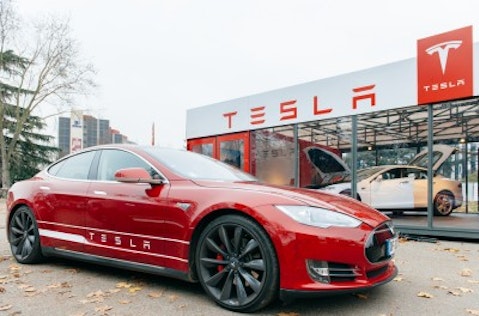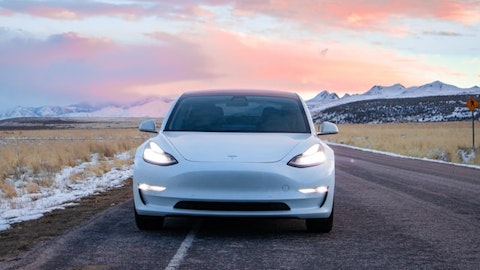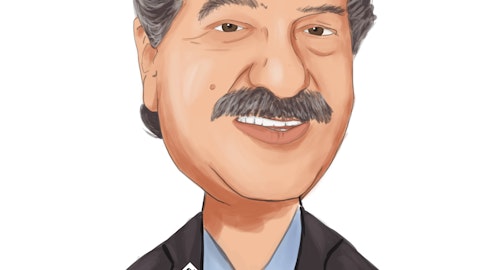We all know that Electric Vehicles – EVs- are the future of automobiles, but if feelers from Tesla (NASDAQ:TSLA) are anything to go by, the company may maintain its stranglehold on the market for an extended time. This is attributed to the company’s Lithium Iron Phosphate – LFP – battery, which some have dubbed as the ‘million-mile’ battery in reference to how long the battery is rumored to last before the engines turn off. At the company’s Q2 earnings call, Tesla founder and CEO, Elon Musk, stated that the LFP batteries would play a key role in boosting the company’s sales volume.
The batteries, which are being developed in partnership with a China-based Contemporary Amperex Technology Co. Ltd (CATL), are cheaper and last longer than the conventional cathode and lead-acid batteries. This has significantly reduced production costs in line with gasoline models, ultimately meaning that having a Tesla car would be cheaper. LFP batteries also have a longer time span and can be stored for extended periods due to low self-discharge.

Hadrian / Shutterstock.com
Already we are beginning to witness the signs of increased economies of scale due to the introduction of LFP batteries to Tesla models. Falling battery costs have enabled Tesla to morph from low-volume, high-cost product models such as the Roadster to low-cost mass-product offerings such as Models 3 and Y. EV market observers believe Tesla is close to achieving the portentous $100/kWh price grail, a milestone which would berth the company far ahead of its competitors, according to an article published on CleanTechnica.
Battery costs have always been an impediment to cheaper EV vehicles. The foremost EV manufacturer was quick to recognize the potential of having a lower-cost, long-lasting battery market before its competitors and dedicated resources to finding viable alternatives. The result is that customers can now obtain the Model S and Model 3 for less than $40,000 in juxtaposition to the Roadster that came with a six-figure price tag.
The journey to producing cheaper and more efficient batteries, such as the LFP, did not begin with Tesla. The booming market for laptops and cell phones in the early 2000s led to a plethora of research for lithium-ion batteries, which tech companies envisaged to be cheaper and more powerful.
CTO of Tesla, JD Straubel, then an electrical engineer intuitively recognized the immense potential of LFP batteries if one used a few thousand of them to power an electric car. He pitched the idea to Elon Musk, who provided the funding. This culminated in the establishment of a Gigafactory in Nevada, jointly built by Tesla and Panasonic, a decade later. This single investment made Tesla one of the world’s biggest producers—and users—of lithium-ion batteries.
Tesla sees its battery technology as a broader strategy towards repositioning the company in a pole position. Competitors such as General Motors Co GM are already researching cheaper models, but prototypes would not be ready until 2023. This gives Tesla ample time to control a significant market share by flooding the market with mass-produced electric cars.
Tesla plans to launch the new battery first in China in its Model 3 sedan later this year or early next year. Eventually, improved battery versions, with higher energy density and storage capacity and even lower cost, will be introduced in additional Tesla vehicles in other markets, including North America.
The time factor aside, Tesla is vigorously working on several fronts to keep battery costs down. Apart from partnering with China’s CATL and South Korea’s LG Chem, Tesla is also working on its own battery cell design, which likely uses new, proprietary chemistry. The company has also acquired Maxwell Technologies and Hibar Systems, thereby securing cutting-edge battery tech with considerable potentials to reduce production costs further. Maxwell’s “dry electrode” manufacturing process allows Tesla to remake its battery production line, saving time, money, and production space.
In addition to this, Tesla’s battery supply chain is much more robust than that of other automakers. Tesla has strong relationships with battery suppliers such as Panasonic, which currently supplies over 60% of its battery cell production Tesla.
Putting all these factors into consideration, it is becoming evident that other automakers are falling farther and farther behind in the EV market race. By controlling supply channels and building a robust network, Tesla is primed for the topmost echelon of the EV market. The performance of the LFP battery would definitely take center stage during the company’s much-awaited Battery Day on September 15.
Video: Top 5 Stocks Among Hedge Funds
At Insider Monkey we scour multiple sources to uncover the next great investment idea. Hedge fund sentiment towards Tesla reached its all time high at the end of 2019 and Tesla shares more than tripled this year. We are trying to identify other EV revolution winners, so we are checking out this under-the-radar lithium stock. We go through lists like the 10 most profitable companies in the world to pick the best large-cap stocks to buy. Even though we recommend positions in only a tiny fraction of the companies we analyze, we check out as many stocks as we can. We read hedge fund investor letters and listen to stock pitches at hedge fund conferences. If you want to find out the best healthcare stock to buy right now, you can watch our latest hedge fund manager interview here. You can subscribe to our free enewsletter below to receive our stories in your inbox:
Disclosure: None. This article is originally published at Insider Monkey.



